Professor Vu Minh Khuong at the announcement ceremony - Photo: LKYSPP
Professor Vu Minh Khuong from the Lee Kuan Yew School of Public Policy (LKYSPP) shared his policy perspective on 5G at the launch of the report "Leveraging 5G to accelerate AI-led transformation in ASEAN" on the afternoon of July 22 in Singapore.
Policy blueprint for 5G and AI
The 148-page report, the result of in-depth surveys and interviews with more than 400 experts in eight ASEAN member countries, edited by Professor Vu Minh Khuong, clearly shows that 5G technology alone can contribute up to 130 billion USD to the Asia- Pacific region's economy by 2030.
However, the current 5G deployment rate among ASEAN countries is still very different, from more than 48% in Singapore to less than 1% in some other member countries. If this gap is not narrowed, ASEAN may fall behind in the global digital transformation race.
"5G and AI are the infrastructure for innovation, the foundation for smart manufacturing, precision agriculture and autonomous transportation. But ASEAN cannot hesitate. The door to a leading role is quickly closing," Professor Vu Minh Khuong emphasized.
He said the report is therefore a "policy blueprint" to help countries orient their strategies to integrate 5G and AI in a synchronous and effective manner.
Accordingly, ASEAN is facing a decisive moment in the global digital transformation race, when the deployment and application of 5G becomes a prerequisite to unlock the potential of artificial intelligence (AI) and enhance regional competitiveness.
"5G is not just a connectivity technology, but also an infrastructure for sustainable and inclusive growth," Professor Khuong emphasized. Therefore, ASEAN needs to take decisive action in the next five years to accelerate the deployment of 5G, otherwise ASEAN countries will fall behind emerging economies such as India and China.
By 2030, ASEAN's 5G coverage is forecast to reach only about 42%, compared to India's 79%, a gap that could undermine the region's strategic role in the global digital economy.
Slow action leads to lag
In addition, Professor Vu Minh Khuong pointed out that the combination of 5G and AI creates a particularly strong resonance effect, capable of promoting transformation in areas such as manufacturing, agriculture, healthcare, education and logistics.
To effectively exploit this potential, countries need to shift their strategic thinking in three main directions: from “connectivity” to “value creation”, from “digital content” to “digital solutions”, and from “individual assets” to “ecosystem thinking”.
Analyzing the reasons for the slow progress of 5G deployment in ASEAN, Professor Khuong said that many countries in the region are pursuing a "smart follower" strategy, waiting for equipment prices to decrease and technology to mature before deploying. However, this approach will only be effective if accompanied by strong efforts to build digital platforms and digital skills.
To overcome the current challenges, it is important to develop a common regional strategy and issue flexible coordination policies, including establishing a specialized agency, issuing appropriate frequency policies, developing KPIs to monitor progress, enhancing the capacity of telecommunications service providers, and developing a comprehensive 5G - AI ecosystem.
"Opportunities for ASEAN will not last forever. Slow action means falling behind. We need a strategic approach, regional coordination and leveraging of collective strength if we want to transform ourselves into a leading region in smart connectivity," Professor Vu Minh Khuong concluded.
According to LKYSPP, businesses need to play a central role in promoting the economic impact of 5G. Some typical models have emerged in the region: Singapore applied 5G to smart ports to reduce latency by up to 50%; Thailand integrated AI into its disaster warning system; Malaysia promoted the sharing of telecommunications infrastructure, reaching a population coverage rate of 82%.
Looking to the future, the study paints a vision where ASEAN could lead in the 5G era with AI-enabled businesses exporting smart technology, farmers optimizing productivity with AI, and remote students accessing advanced education.
However, to realize this vision, the region needs strategic coordination, long-term commitment and strong political will from its leaders.
AS PEACEFUL
Source: https://tuoitre.vn/can-xem-5g-la-ha-tang-chien-luoc-cho-ai-20250722201942043.htm


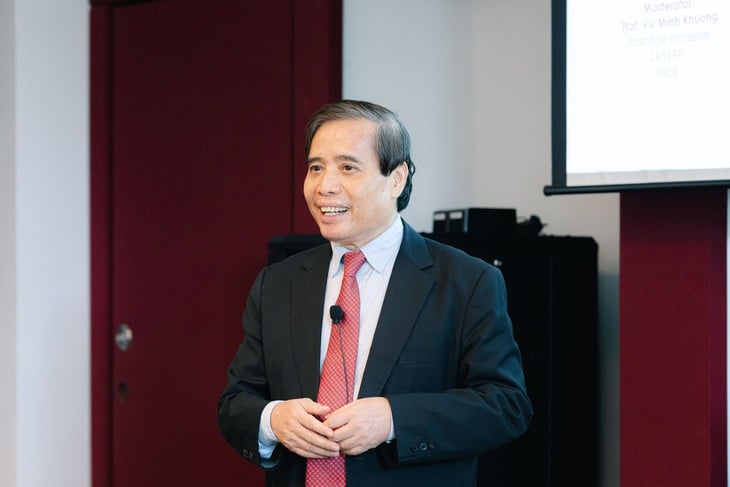
![[Photo] The road connecting Dong Nai with Ho Chi Minh City is still unfinished after 5 years of construction.](https://vphoto.vietnam.vn/thumb/1200x675/vietnam/resource/IMAGE/2025/11/04/1762241675985_ndo_br_dji-20251104104418-0635-d-resize-1295-jpg.webp)
![[Photo] Comrade Nguyen Duy Ngoc holds the position of Secretary of the Hanoi Party Committee](https://vphoto.vietnam.vn/thumb/1200x675/vietnam/resource/IMAGE/2025/11/04/1762234472658_a1-bnd-5518-8538-jpg.webp)
![[Photo] Ca Mau "struggling" to cope with the highest tide of the year, forecast to exceed alert level 3](https://vphoto.vietnam.vn/thumb/1200x675/vietnam/resource/IMAGE/2025/11/04/1762235371445_ndo_br_trieu-cuong-2-6486-jpg.webp)
![[Photo] Ho Chi Minh City Youth Take Action for a Cleaner Environment](https://vphoto.vietnam.vn/thumb/1200x675/vietnam/resource/IMAGE/2025/11/04/1762233574890_550816358-1108586934787014-6430522970717297480-n-1-jpg.webp)
![[Photo] Panorama of the Patriotic Emulation Congress of Nhan Dan Newspaper for the period 2025-2030](https://vphoto.vietnam.vn/thumb/1200x675/vietnam/resource/IMAGE/2025/11/04/1762252775462_ndo_br_dhthiduayeuncbaond-6125-jpg.webp)

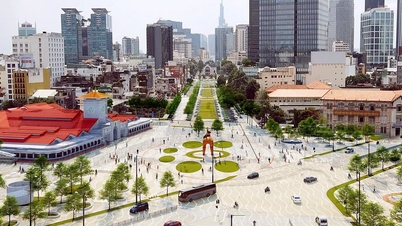





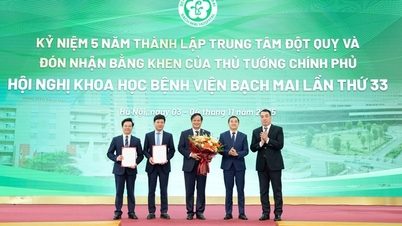






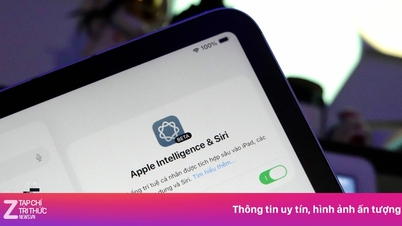









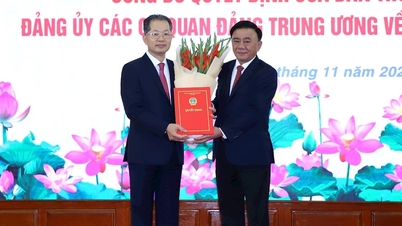


















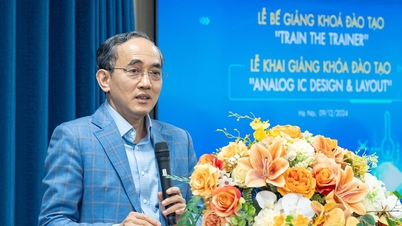








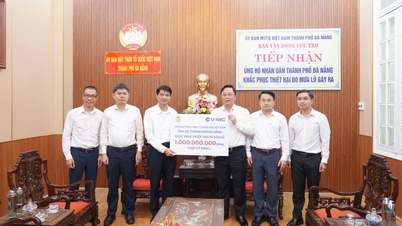


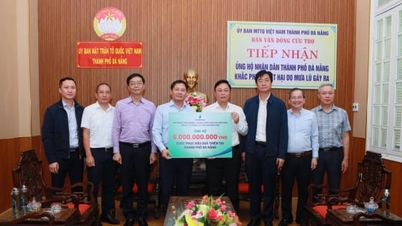

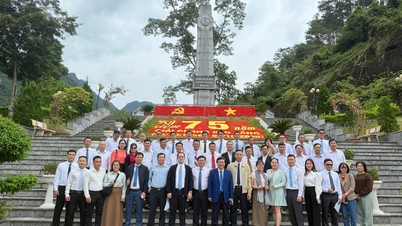






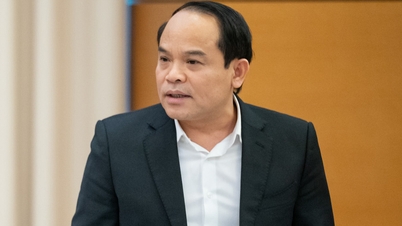



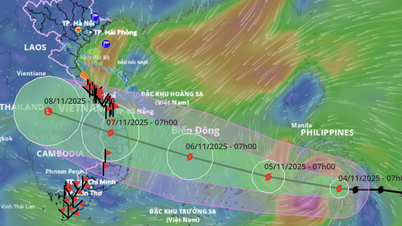








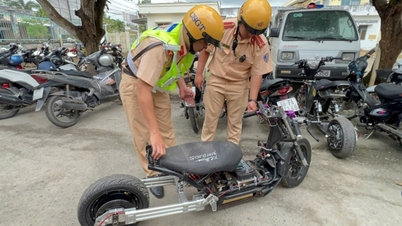





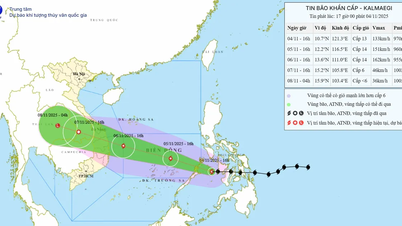
















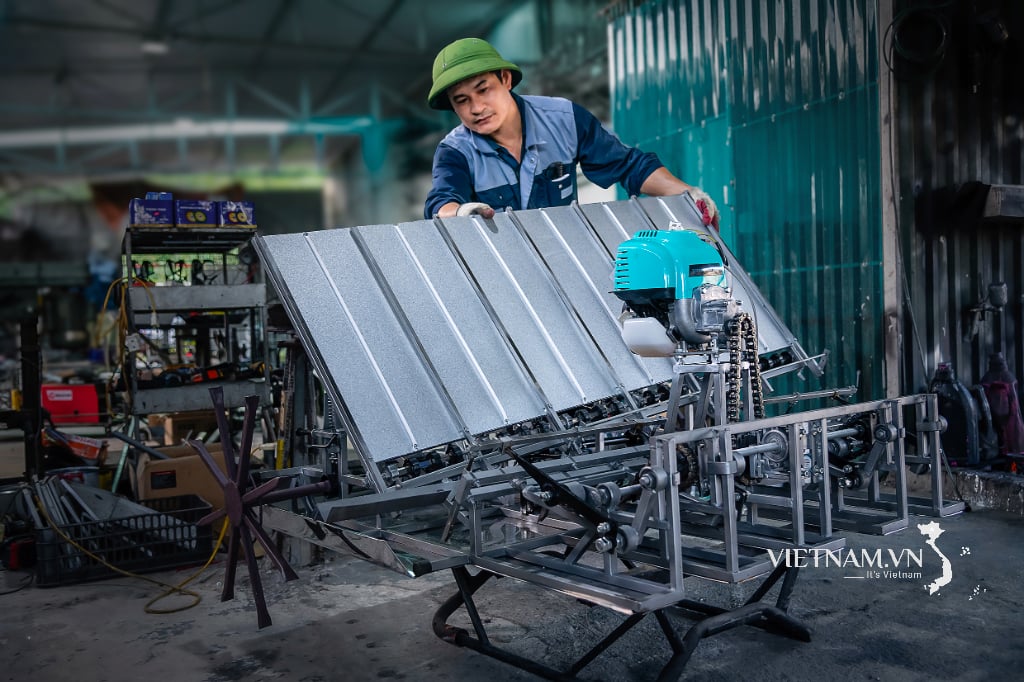

Comment (0)